July News
An update from Lindy – our Tour Guide Manager and Conservationist
It is halfway through the year and spring, with its early butterflies and birds chattering in their nests before they fledge, is over.
However, there is still much to see, hear and enjoy during the long summer days. Our beautiful ancient woodlands provide the opportunity to see Silver-washed Fritillaries as well as Meadow Browns and Gatekeeper butterflies. Take a while to pause on your walk and just watch for these fluttering around the brambles. These fabulous insects bask on the warm short grass which enables them to reach their preferred temperature and in doing so, fly faster.
Bumble bees are very relaxed as they buzz from flower to flower. If you pause to watch, they seem to be gently grazing and occasionally lifting a leg – in order to see off predators. Looking closely, you may notice that some have longer antennae and they are usually males. Their main purpose is to fertilise the queens whilst the female workers will be taking pollen. It is thought they are even more efficient than honey bees.
Our froglets have emerged from the ponds by now and you may see toadlets, which have spent up to three months as tadpoles. Tread carefully – they are about the size of a small fingernail. Just like the froglets, few of the thousands of juvenile toads leave their place of birth to survive. Many are pursued by predators including beetles, and birds and some perish just by drying up in the mid-summer sun which dehydrates this moisture-loving species. If they do survive to become adults, they can deter their enemies as they contain a poison called bufotoxin which, when ingested can cause grave results to predators.
Strolling past our wildflower meadows this month you will see several species including field poppies, cornflowers and an abundance of meadow buttercups as well as beautiful coloured grass swaying in the wind. These support our pollinators and also provide a moist refuge for the frogs and toads, newts and other amphibians who have survived to this stage. From the soil up to the top of the plants there will be many invertebrates which also benefit, including butterflies, moths and ladybirds as well as safe places for spiders and other insects to rest. However, they are not completely safe as birds will also be foraging in our meadows and our birds of prey will particularly be hovering to find their next meal. The bird’s binocular vision, which is highly accurate, can spot prey from a distance and you will often see buzzards and kestrels circling for food.
This is a beautiful month at Balfour Winery and the Estate is stunning. Nature really is at its very best.
Visit us on Friday Evenings as we are open until 9pm throughout the summer months. No need to book, just come along. We look forward to seeing you.
Back to Blog